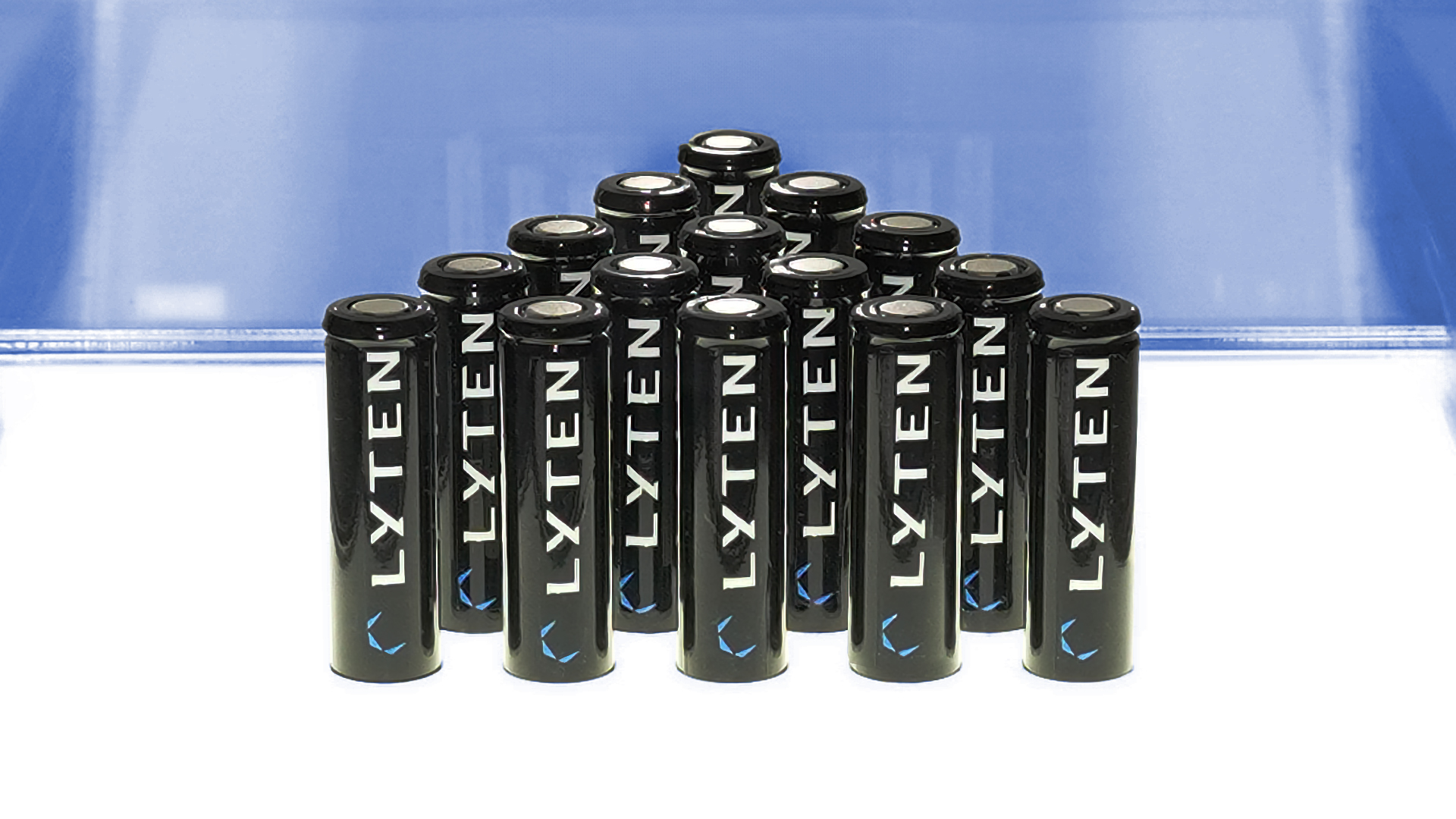
EV battery market grows with new types, options
Startups globally are developing new battery technologies such as sodium-ion and lithium-sulfur to lower costs and reduce dependency on key minerals for EVs.
China currently accounts for 85% of global battery cell production and 90% of processing for the main lithium-ion types used in EVs.
Lithium-ion batteries remain the most widely used for EVs, with two dominant types: NMC and LFP.
NMC (nickel manganese cobalt) offers high energy density but relies on cobalt from the Democratic Republic of Congo.
LFP (lithium iron phosphate) is cheaper and does not require cobalt, but it has lower energy density.
Sodium-ion batteries are being explored as an alternative, using more abundant materials and offering high recharge cycles, though they are not yet widely available.
Companies are also working on solid-state, lithium-sulfur, and LNMO batteries, but these remain in development and are not expected to reach large-scale production before 2028.
.source-ref{font-size:0.85em;color:#666;display:block;margin-top:1em;}a.ask-tia-citation-link:hover{color:#11628d !important;background:#e9f6f5 !important;border-color:#11628d !important;text-decoration:none !important;}@media only screen and (min-width:768px){a.ask-tia-citation-link{font-size:11px !important;}}🔗 Source: Reuters
The current race for better battery technologies represents the latest chapter in a cyclical story that dates back over 100 years.
Electric vehicles dominated early automotive markets, accounting for approximately one-third of all vehicles on American roads by 1900 2. Urban areas like New York City operated entire electric taxi fleets during this period.
However, EVs lost their market position in the 1920s when gasoline-powered vehicles became dramatically more affordable. Henry Ford’s Model T cost $650 compared to $1,750 for electric models 2.
The pattern repeated during the 1970s oil crises, which sparked renewed interest in electric vehicles and led to supportive legislation like the Electric and Hybrid Vehicle Research, Development, and Demonstration Act of 1976 2.
Today’s surge mirrors this historical cycle, with global EV sales reaching nearly 14 million units in 2023, representing a 35% increase from the previous year 3. The difference now lies in the scale and technological sophistication driving adoption, rather than just economic necessity.
While startups race to develop new battery chemistries, the industry faces an unprecedented supply-demand mismatch that could determine which technologies actually reach market.
Global EV battery production capacity is projected to reach 4,800 GWh by 2025—four times the actual demand 4. This overcapacity is already triggering aggressive pricing strategies that threaten market stability.
China’s dominant position compounds this challenge, controlling 85% of global battery cell production and 90% of raw material processing for the lithium-ion variants that currently dominate EVs 1.
The overcapacity crisis means that even promising new technologies like sodium-ion batteries or solid-state systems may struggle to gain traction if established players can undercut prices using existing lithium-ion production lines.
Industry analysts predict the next 12-24 months will determine which companies survive the anticipated consolidation wave 4, suggesting that market dynamics may prove more decisive than pure technological merit in shaping the battery landscape.
……Read full article on Tech in Asia
Transport Technology
Comments
Leave a comment in Nestia App